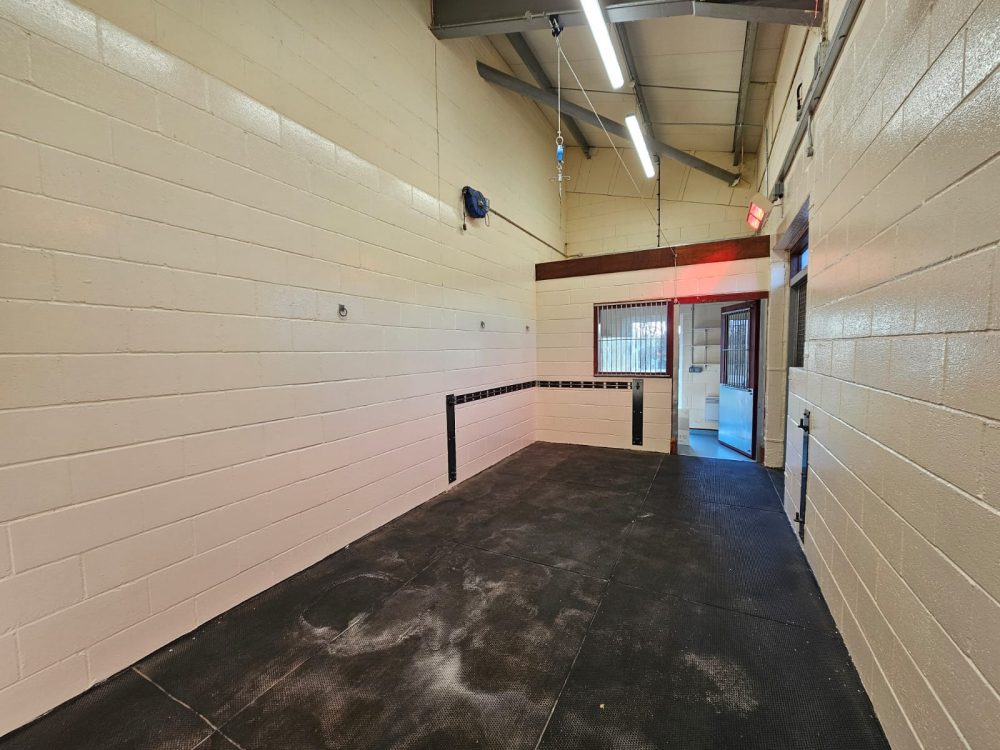Endorsed For Squash Courts
40 Years Manufacturing
Express Delivery Available
Oil Based Antimicrobial Gloss
- Protect your stables from bacteria with 99.8% protection
- Extremely durable coating
- Tested to an ISO 22196 standard
- Multi-surface coating: masonry, brickwork, metal & wood
- High gloss finish
- Pure brilliant white or Jet black
- Coverage approximately 15m2 per litres
- Prolonged shelf life
- Anti fungal and mould protection
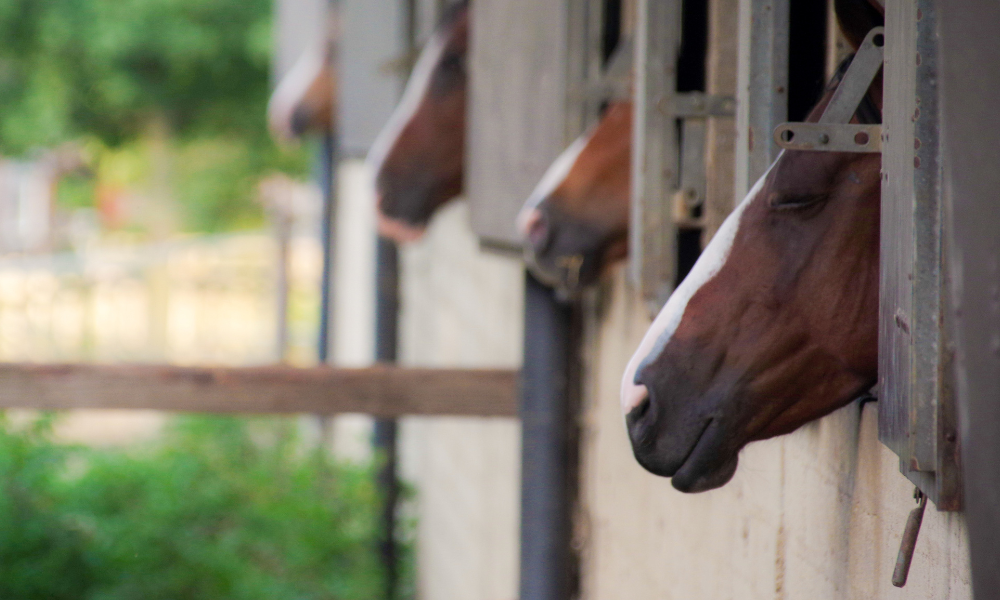
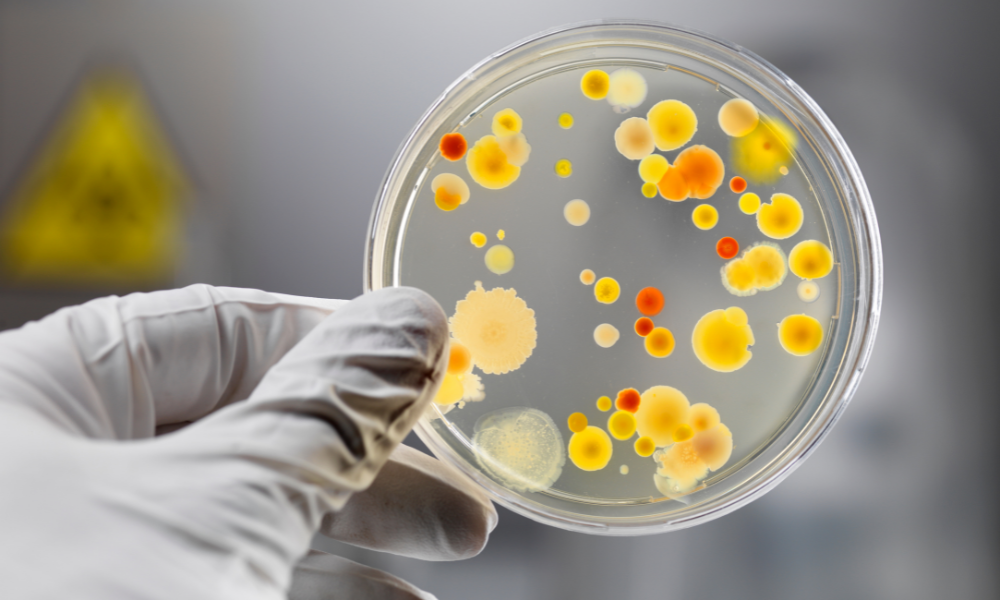
The Science Behind It
Protect Your Stables
Micro-organisms can live on untreated painted surfaces for prolonged periods of time but this can vary massively depending on the environment of the stable. If they are damp or have: grime, dirt, bird feaces etc then bacteria will thrive.
Our Antimicrobial gloss paired with good ventilation and a thorough cleaning regime will massively reduce bacteria/pathogens survivability within your stables.

Who We Are
We are paint manufacturers based in the racing town of Newmarket. All of our paints are manufactured within Newmarket with nothing being outsourced, so you can be assured of the quality of the coatings we sell.
We have been supplying the paint to the equine industry for the last 20 years. We heard about the demand and benefits of an antimcrobial coating so we decided to formulate one. Six months later we had received our results for protection against the growth and spread of harmful bacteria by 99.89%
Why use Antimicrobial gloss
We believe in prevention over cure. Our antimicrobial gloss gives your stable an extra layer of protection against the nasties that could be living in them.
As bacteria and illness can spread so easily and quickly through a yard, we see an antimicrobal coating as an essential step in reducing the risk of bacteria growth in your yard. Accompanying this with a regular cleaning regime and well ventilated stables will allow you to feel assured your stables are well protected.
It is also an extremely durable coating that is very easy to work with, allowing you to get a perfect finish every time. Our antimicrobial gloss also leaves a bright white high gloss finish, which not only gives a bright airy feel along but also makes it very easy to wash muck off your stable walls.
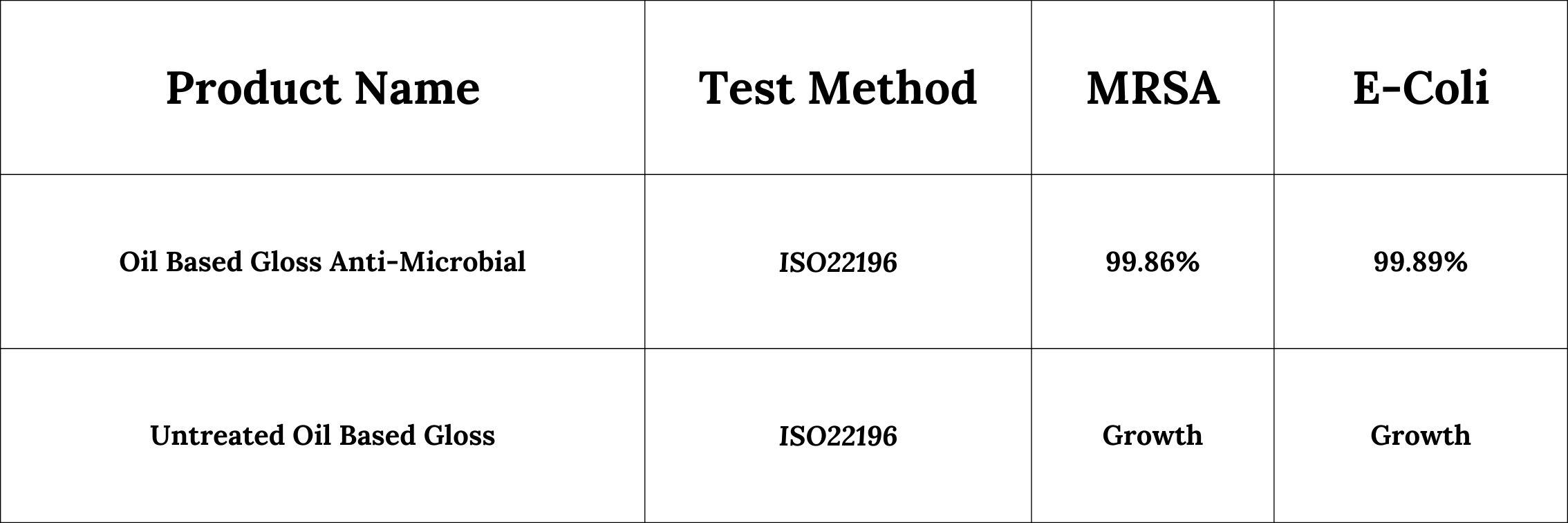
The Different Bacteria That Could Be In Your Stables
Clostridium Botulinum and Clostridium difficile
Both anaerobic bacteria flourish in environments with limited oxygen availability. They possess the ability to form spores, allowing them to endure outside the host organism for several weeks in this spore state. Their transmission primarily occurs through contact, although airborne transmission is also possible. Both of these microorganisms are responsible for inducing serious enteric or intestinal infections, which subsequently result in the development of gastroenteritis (diarrhea).
Salmonella typhimurium
This bacterium resides within the digestive tract. Salmonellosis stands out as one of the frequently identified infectious origins of diarrhea in mature horses. The infection can arise from environmental, feed, or water contamination, or through interaction with animals actively releasing the bacteria. Once more, it has the capability to persist for extended periods under specific circumstances.
MRSA
A staph aureus bacteria displaying resistance. When specific circumstances align, horses carrying this bacterium can contract an MRSA infection, and subsequently, they can spread MRSA to both other horses and humans, precipitating a variety of infections. Among the prevalent occurrences within the broader equine community, skin and soft-tissue infections (encompassing wounds and surgical-site infections), along with joint infections, dominate. This bacteria can persist for extended durations within fecal matter.
Rhodococcus equi
A bacterium that flourishes within arid soil or dusty surroundings. It primarily induces serious respiratory infections in young foals. Additionally, it has the potential to trigger respiratory issues in older horses with weakened immune systems. Eradicating it poses a challenge, as it displays notable resilience. It demonstrates considerable resistance to sunlight and not all disinfectants possess the capability to eliminate it. The transmission of this bacterium occurs through airborne means.
E. coli
This bacteria is highly prevalent across diverse environments, as it can be found within the gastrointestinal tracts of both animals and humans. While it generally doesn’t pose significant concerns, it can lead to problems related to water contamination. In specific instances, a resistant strain of E. coli can arise, resulting in enteric issues. Given certain conditions, it has the ability to persist for extended durations.
Cladosprium
Similar to Aspergillus, this fungus generates spores and gives rise to respiratory issues. The spores spread through either ingestion or airborne transmission.
Trichophyton (Ringworm)
Trichophyton induces ringworm in equines. This fungus produces spores and disseminates through both contact and airborne means. Following exercise, it can infiltrate horses through open skin pores. Its spores exhibit enduring viability within timber, persisting indefinitely.
Streptococcus Equi or Zooepidemicus
Strep Equi is responsible for the development of a condition known as Strangles in horses. This illness is characterized by being a highly contagious upper respiratory infection. It leads to significant nasal discharge and the rapid onset of swelling, which subsequently results in the formation of abscesses within the lymph glands. Despite its prevalence being underestimated, Strangles is quite common among horses. The infection spreads through various means, including direct contact with infected horses, airborne transmission, human interaction, and contact with contaminated surfaces.
The bacteria can survive for up to two days on clean glass surfaces, and under favorable conditions, it can persist for several weeks on substances like mucus, feces, and biofilms of dirt. Another related bacterium, Strep zooepidemicus, primarily causes respiratory infections in horses. However, it presents a greater concern due to its propensity to cause wound infections that may escalate to septicemia in certain instances.
Aspergillus
There are three primary variants of this fungus: Flavus, Niger, and Fumigatus. As for Asp Flavus, it’s linked to improperly dried grain contamination and represents the least problematic and least pathogenic form among the three mentioned. On the other hand, Aspergillus fumigatus is the most pathogenic, responsible for causing ‘farmer’s lung’ in humans. Both Fumigatus and Niger contribute to recurring airway blockages, EIPH (exercise-induced pulmonary hemorrhage), and immune suppression in racehorses. Horses susceptible to exposure can swiftly develop lung inflammation upon contact. This inflammation can lead to racing interruptions due to swollen lungs and choking. The presence of the fungus is associated with dampness and poor hygiene practices. Like all fungi, it sustains itself by producing spores and can endure indefinitely under specific conditions. Horses acquire the infection by inhaling or ingesting these spores.
FAQs
It can be applied by brush, roller or spray. It has been formulated to reduce splats and drips. If spraying you will need to ensure you use the correct PPE due to the overspray you will get. Call one of the members of our team to find out more.
It is very hard to determine this due to the the variables at play during the application process as well as the use of the stable itself. If the correct application procedures have been taken and your stable is well ventilated you wouldn’t be looking at needing to paint them for the next X time
We had a soft launch of our antimicrobial coating last year supplying x number of boxes with bacteria protection at William Haggas’ yard. We have also supplied George Scott racing and Michael Bell Racing. Our untreated oil gloss paint has been used in almost every equine industry around the Newmarket area just a couple of these being The Jockey Club and Godolphin, so the coating itself certainly has been tried and tested.
Obviously certain precautions have to be taken during the application process but once it is dry it is as safe to humans and horses as your ordinary stable paint. It just has the extra protection against the bacteria you are trying to keep out of your stables.
In very simple terms, it prevents the growth and spread of bacteria and mould in the dry film.
Who Has Used Our Antimicrobial Gloss On Their Stables



Newmarket Equine Hospital Case Study
Our oil based antimicrobial gloss has been used in the ICU of the leading equine hospitals, Newmarket Equine Hospital. The antimicrobial properties of our paint made the intensive care unit the perfect place to use it to add an extra layer of protection to any vulnerable horses that need to be there. Sanitisation is at the top of their priority list, so the high gloss finish was the perfect solution to withstand their cleaning regime due to the washable qualities.
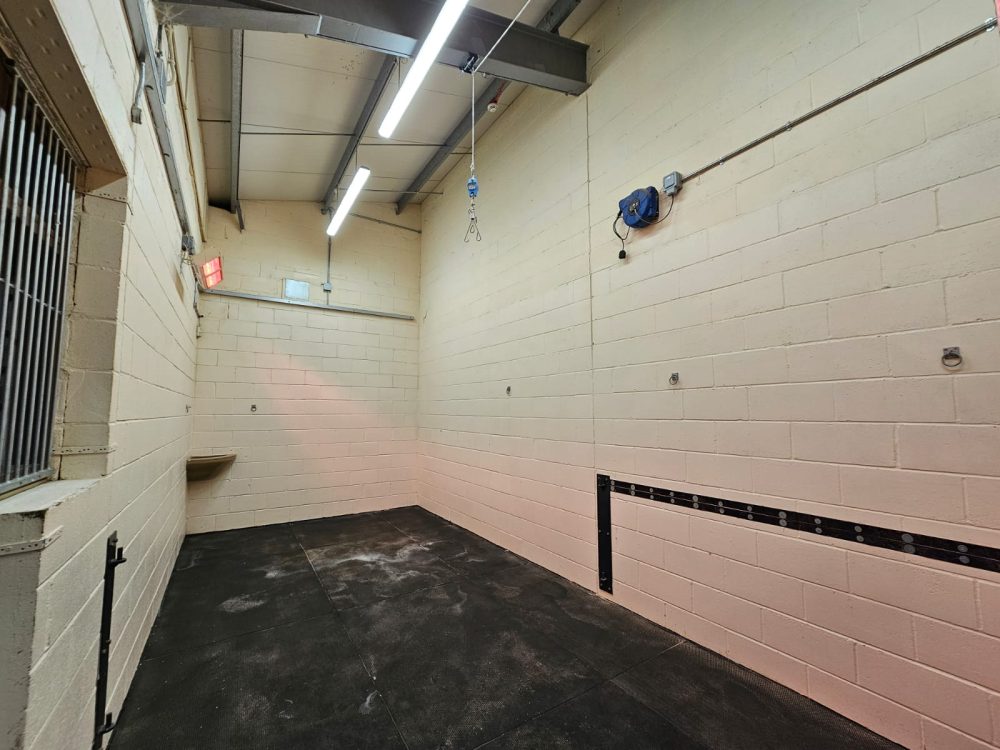
Before
